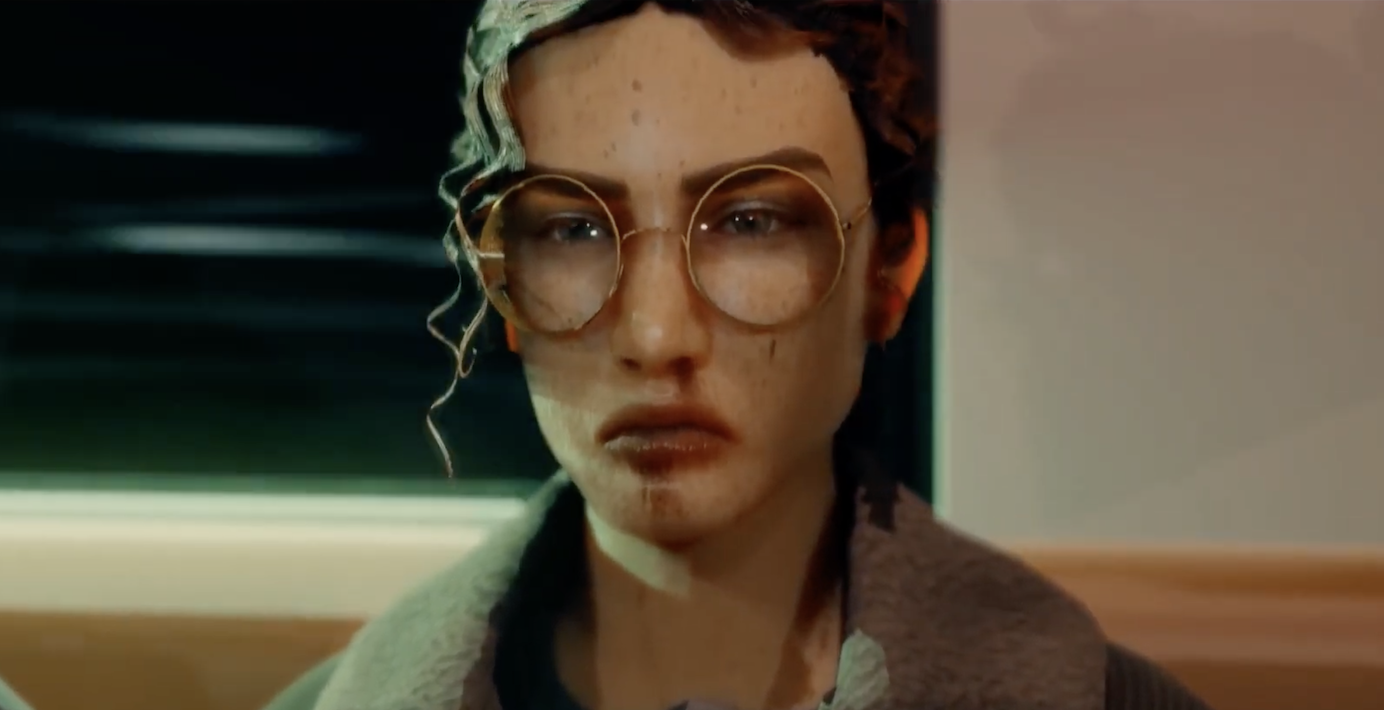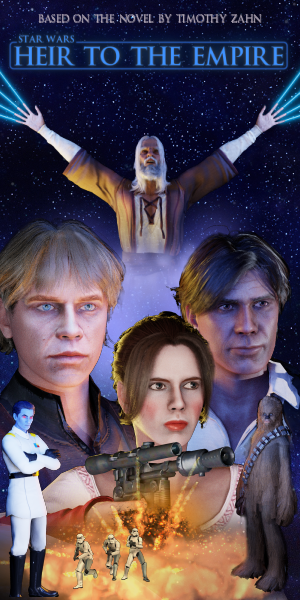S4 E117 DC vs Marvel + Unreal Engine vs Action Man + AI (Feb 2024)

This week we compare and contrast, in a way extending that ongoing debate about whose IP is the daddy… but the ep is about much more than that too. We discuss @solofilmmaking4857 ‘s use of #chatgpt to generate a film’s story, using the plots of 60 of his portfolio works on Batman, mixing styles and genres along the way. We don’t see it as wholly successful and we discuss why. We contrast that with an unusual hobbyist technique to create ‘analogue machinima’, inspired by Spiderman toy figurines digitised and animated by @MakeItMoveMedia. In the end, our conclusion is that its all Marvellous!
YouTube Version of This Episode
Show Notes and Links
Vengence: Batman Fan Made Cinematic | Unreal Engine 5.3 | DLSS 3.5 by Solo Filmmaking
‘Making of’ film, link –
Spider-Man Action Figure Animations Episodes 1-8 by Make It Move Media
Interview in Reallusion’s digital magazine here








Recent Comments